Back to Courses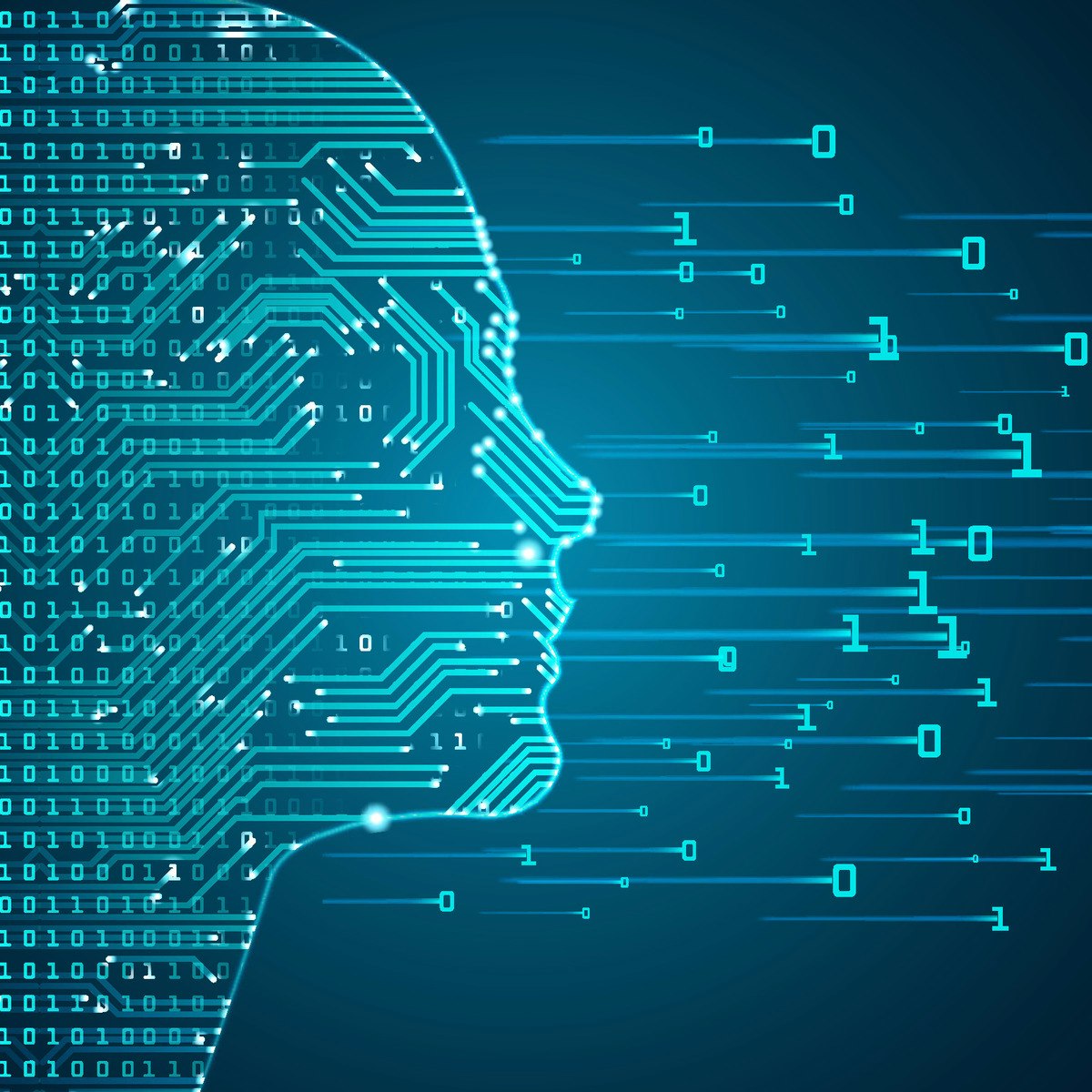
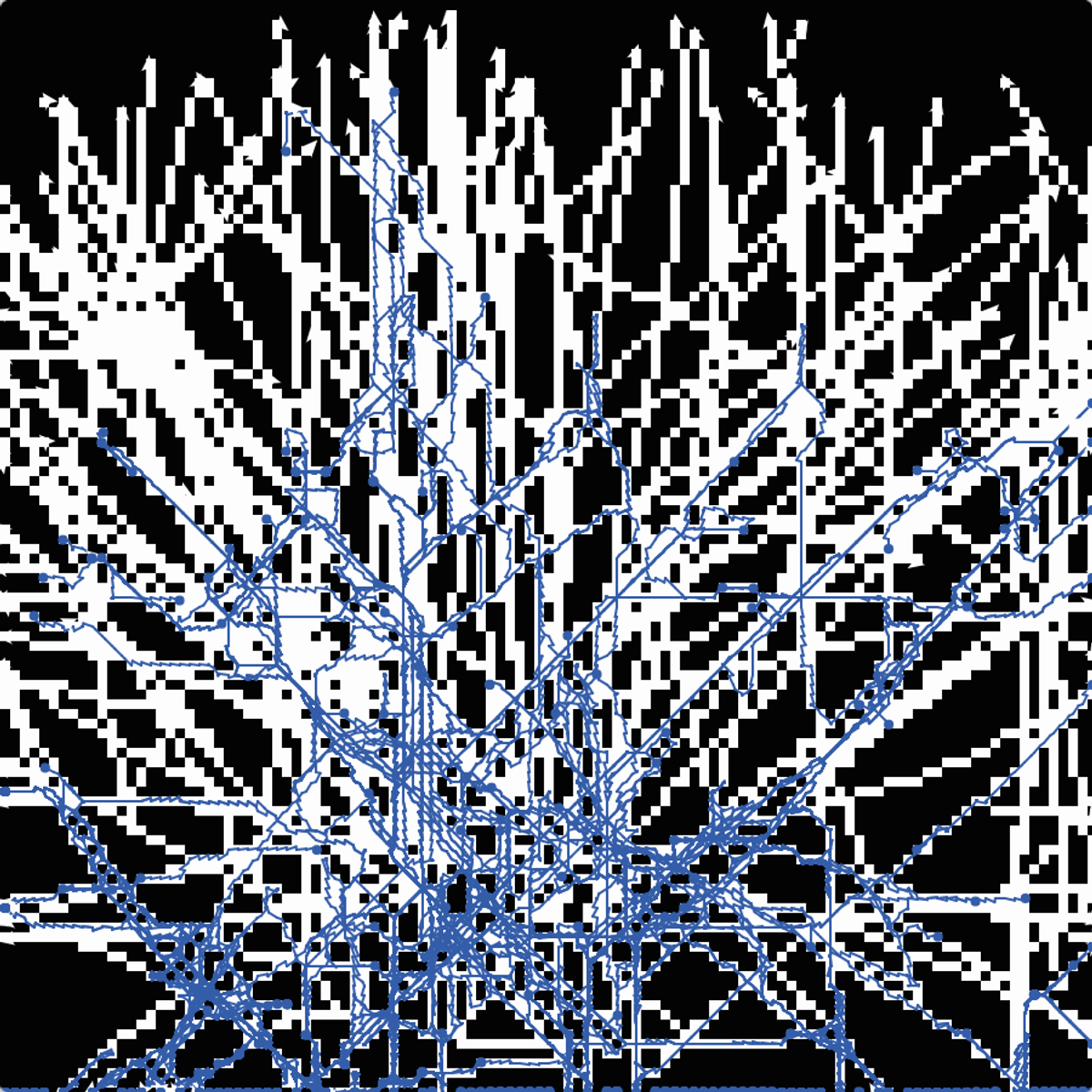

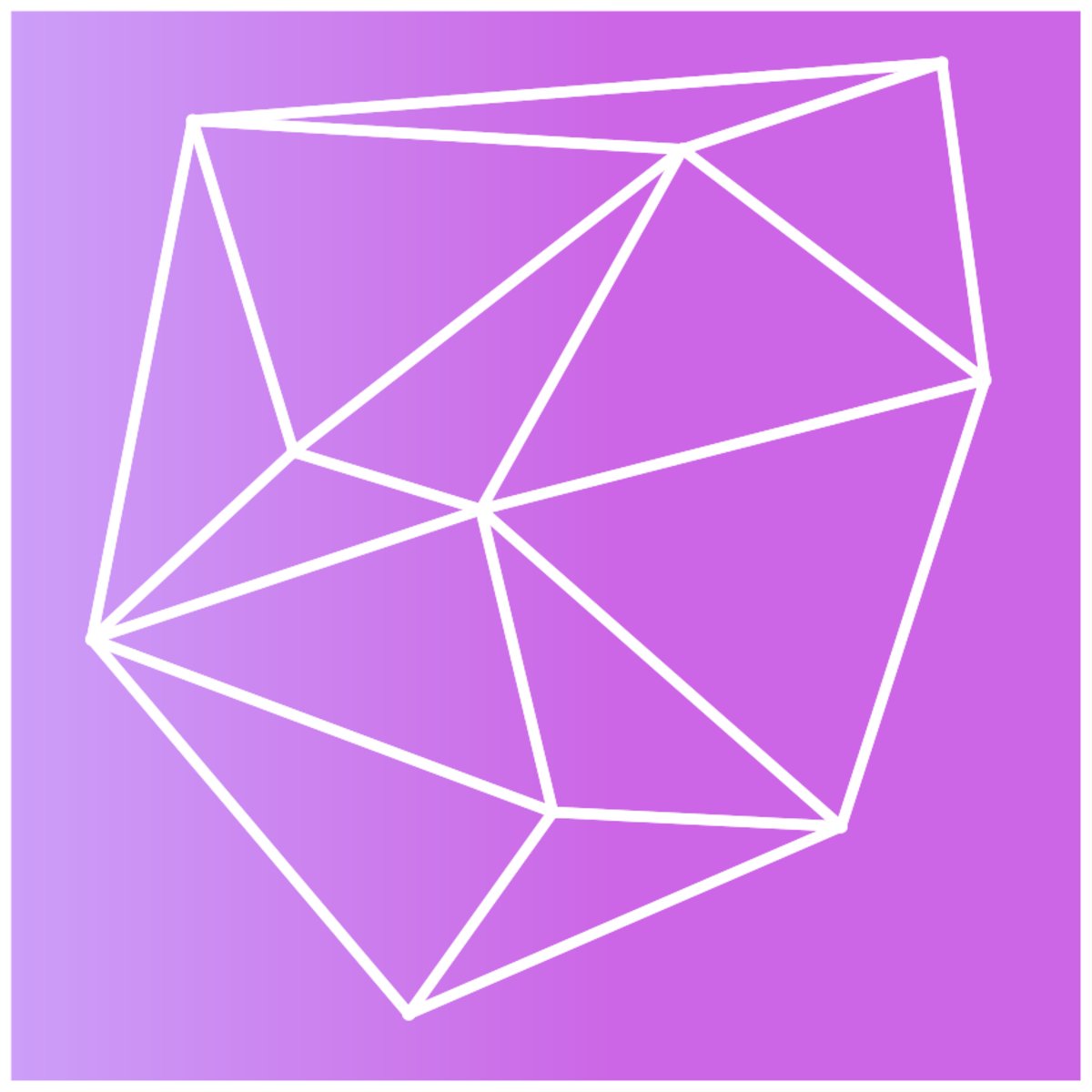
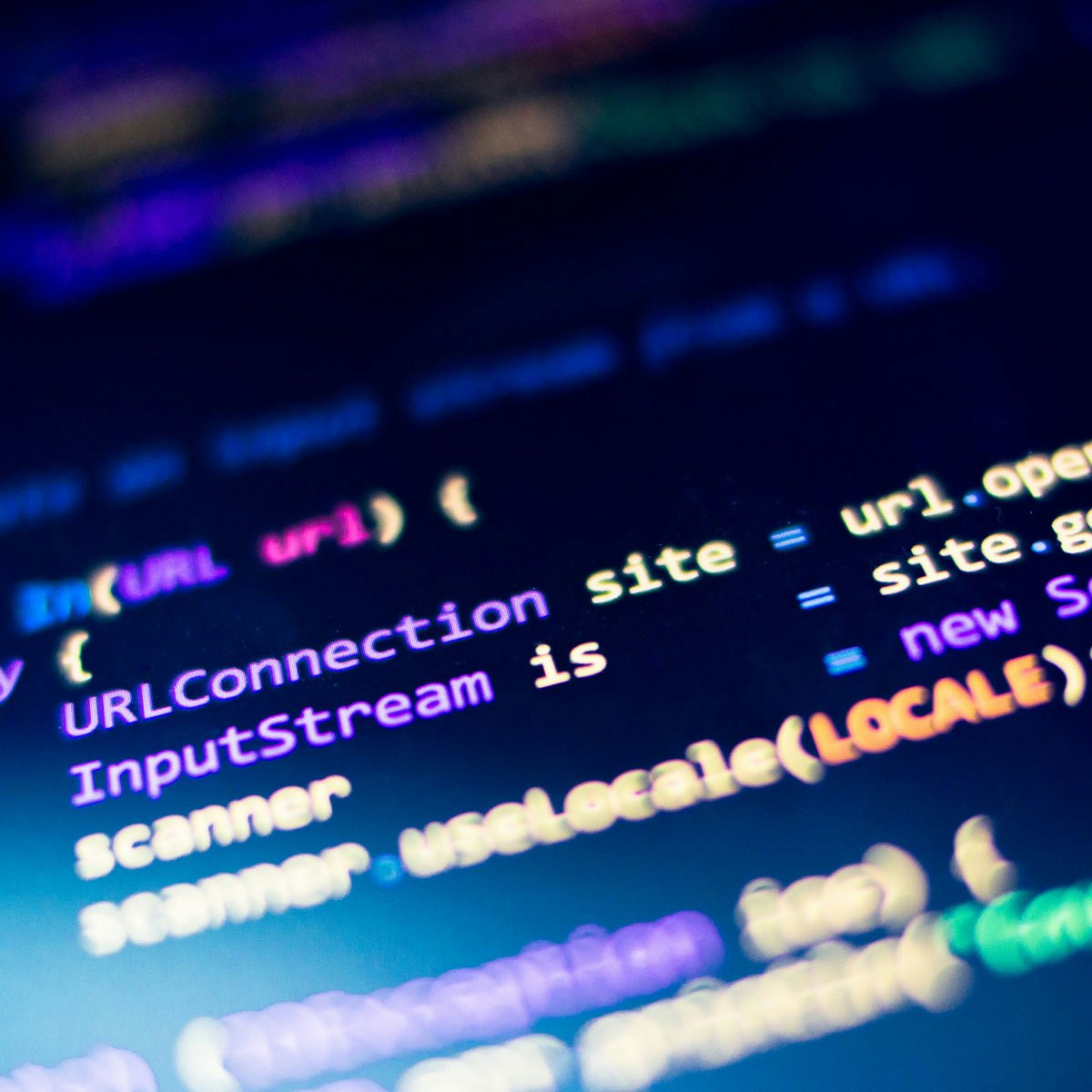



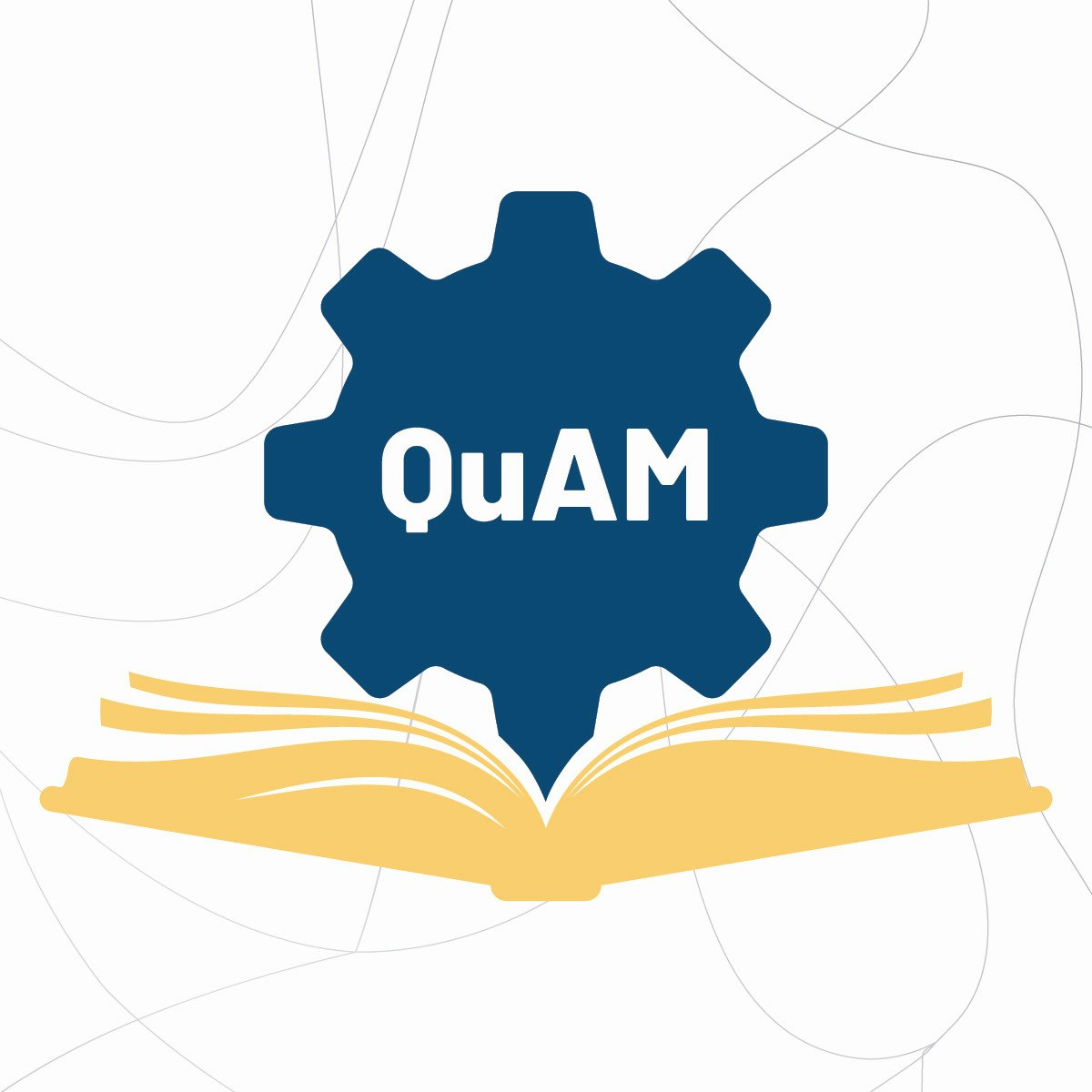

Algorithms Courses - Page 28
Showing results 271-280 of 326

Introduction to Deep Learning
Deep Learning is the go-to technique for many applications, from natural language processing to biomedical. Deep learning can handle many different types of data such as images, texts, voice/sound, graphs and so on. This course will cover the basics of DL including how to build and train multilayer perceptron, convolutional neural networks (CNNs), recurrent neural networks (RNNs), autoencoders (AE) and generative adversarial networks (GANs). The course includes several hands-on projects, including cancer detection with CNNs, RNNs on disaster tweets, and generating dog images with GANs.
Prior coding or scripting knowledge is required. We will be utilizing Python extensively throughout the course. We recommend taking the two previous courses in the specialization, Introduction to Machine Learning: Supervised Learning and Unsupervised Algorithms in Machine Learning, but they are not required. College-level math skills, including Calculus and Linear Algebra, are needed. Some parts of the class will be relatively math intensive.
This course can be taken for academic credit as part of CU Boulder’s Master of Science in Data Science (MS-DS) degree offered on the Coursera platform. The MS-DS is an interdisciplinary degree that brings together faculty from CU Boulder’s departments of Applied Mathematics, Computer Science, Information Science, and others. With performance-based admissions and no application process, the MS-DS is ideal for individuals with a broad range of undergraduate education and/or professional experience in computer science, information science, mathematics, and statistics. Learn more about the MS-DS program at https://www.coursera.org/degrees/master-of-science-data-science-boulder.
Course logo image by Ryan Wallace on Unsplash.

Mycelium Growth with NetLogo Web
Underneath our feet, spreading across the globe, a magnificent being resides. As a living network, it breaks down compounds from minerals and dead plants and animals in the soil (and pollutants as well), only to distribute these nutrients to other living organisms. Therefore, providing the cyclical nature characteristic of Nature. When conditions are right, some of these organisms will fruit into beautiful mushrooms, some of which are incredibly nutritious and with miraculous medicinal properties. The organism described is the Mycelium, or the vegetative part of a fungus organism.
In this project we will create an agent based model that simulates possible mechanisms through which fungi mycelium grows, as observed through microscopic lenses. For that we will be working with NetLogo Web, a very powerful online modeling environment. Learns will be introduced to this environment, as well as the basics of the Logo programming language.
Note: This project works best for learners who are based in the North America region. We’re currently working on providing the same experience in other regions.
Greedy Algorithms, Minimum Spanning Trees, and Dynamic Programming
The primary topics in this part of the specialization are: greedy algorithms (scheduling, minimum spanning trees, clustering, Huffman codes) and dynamic programming (knapsack, sequence alignment, optimal search trees).

Geometric Algorithms
Course Information: In many areas of computer science such as robotics, computer graphics, virtual reality, and geographic information systems, it is necessary to store, analyze, and create or manipulate spatial data. This course deals with the algorithmic aspects of these tasks: we study techniques and concepts needed for the design and analysis of geometric algorithms and data structures. Each technique and concept will be illustrated on the basis of a problem arising in one of the application areas mentioned above.
Goals:
At the end of this course participants should be able
- to decide which algorithm or data structure to use in order to solve a given basic geometric problem,
- to analyze new problems and come up with their own efficient solutions using concepts and techniques from the course.
Prerequisites:
In order to successfully take this course, you should already have a basic knowledge of algorithms and mathematics. Here's a short list of what you are supposed to know:
- O-notation, Ω-notation, Θ-notation; how to analyze algorithms
- Basic calculus: manipulating summations, solving recurrences, working with logarithms, etc.
- Basic probability theory: events, probability distributions, random variables, expected values etc.
- Basic data structures: linked lists, binary search trees, etc.
- Graph terminology
- Programming skills for practical assignments
Most of the material in this course is based on the following book:
M. de Berg, O. Cheong, M. van Kreveld, and M. Overmars. Computational Geometry: Algorithms and Applications (3rd edition). Springer-Verlag, 2008.
It is not mandatory to buy this book. However if participants want to know more than is offered in this course or want to have another look at the material discussed in the lectures, we recommend buying this book.
The video lectures contain a few very minor mistakes. A list of these mistakes can be found under resources. If you think you found an error, report a problem by clicking the square flag at the bottom of the lecture or quiz where you found the error.

Introduction to Java and Object-Oriented Programming
This course provides an introduction to the Java language and object-oriented programming, including an overview of Java syntax and how it differs from a language like Python. Students will learn how to write custom Java classes and methods, and how to test their code using unit testing and test-driven development. Topics include basic data structures like Arrays and ArrayLists and overloading methods.

Machine Learning: an overview
The course provides a general overview of the main methods in the machine learning field. Starting from a taxonomy of the different problems that can be solved through machine learning techniques, the course briefly presents some algorithmic solutions, highlighting when they can be successful, but also their limitations. These concepts will be explained through examples and case studies.

Algorithms, Part II
This course covers the essential information that every serious programmer needs to know about algorithms and data structures, with emphasis on applications and scientific performance analysis of Java implementations. Part I covers elementary data structures, sorting, and searching algorithms. Part II focuses on graph- and string-processing algorithms.
All the features of this course are available for free. It does not offer a certificate upon completion.

Apply Generative Adversarial Networks (GANs)
In this course, you will:
- Explore the applications of GANs and examine them wrt data augmentation, privacy, and anonymity
- Leverage the image-to-image translation framework and identify applications to modalities beyond images
- Implement Pix2Pix, a paired image-to-image translation GAN, to adapt satellite images into map routes (and vice versa)
- Compare paired image-to-image translation to unpaired image-to-image translation and identify how their key difference necessitates different GAN architectures
- Implement CycleGAN, an unpaired image-to-image translation model, to adapt horses to zebras (and vice versa) with two GANs in one
The DeepLearning.AI Generative Adversarial Networks (GANs) Specialization provides an exciting introduction to image generation with GANs, charting a path from foundational concepts to advanced techniques through an easy-to-understand approach. It also covers social implications, including bias in ML and the ways to detect it, privacy preservation, and more.
Build a comprehensive knowledge base and gain hands-on experience in GANs. Train your own model using PyTorch, use it to create images, and evaluate a variety of advanced GANs.
This Specialization provides an accessible pathway for all levels of learners looking to break into the GANs space or apply GANs to their own projects, even without prior familiarity with advanced math and machine learning research.

Introduction to Applied Machine Learning
This course is for professionals who have heard the buzz around machine learning and want to apply machine learning to data analysis and automation. Whether finance, medicine, engineering, business or other domains, this course will introduce you to problem definition and data preparation in a machine learning project.
By the end of the course, you will be able to clearly define a machine learning problem using two approaches. You will learn to survey available data resources and identify potential ML applications. You will learn to take a business need and turn it into a machine learning application. You will prepare data for effective machine learning applications.
This is the first course of the Applied Machine Learning Specialization brought to you by Coursera and the Alberta Machine Intelligence Institute.

Camera and Imaging
This course covers the fundamentals of imaging – the creation of an image that is ready for consumption or processing by a human or a machine. Imaging has a long history, spanning several centuries. But the advances made in the last three decades have revolutionized the camera and dramatically improved the robustness and accuracy of computer vision systems. We describe the fundamentals of imaging, as well as recent innovations in imaging that have had a profound impact on computer vision.
This course starts with examining how an image is formed using a lens camera. We explore the optical characteristics of a camera such as its magnification, F-number, depth of field and field of view. Next, we describe how solid-state image sensors (CCD and CMOS) record images, and the key properties of an image sensor such as its resolution, noise characteristics and dynamic range. We describe how image sensors can be used to sense color as well as capture images with high dynamic range. In certain structured environments, an image can be thresholded to produce a binary image from which various geometric properties of objects can be computed and used for recognizing and locating objects. Finally, we present the fundamentals of image processing – the development of computational tools to process a captured image to make it cleaner (denoising, deblurring, etc.) and easier for computer vision systems to analyze (linear and non-linear image filtering methods).
Popular Internships and Jobs by Categories
Find Jobs & Internships
Browse
© 2024 BoostGrad | All rights reserved